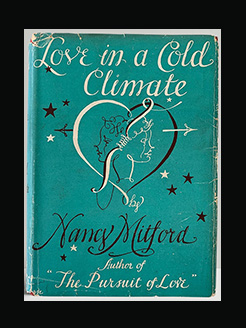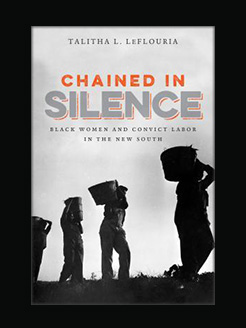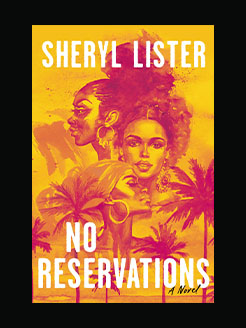Published in 2020
288 pages
Hafsa Lodi is an American journalist who has been covering fashion in the Middle East for the past decade. She moved to the UAE at 14. She has a BA in journalism from the Ryerson School of Journalism in Toronto and an MA in Islamic Law from SOAS in London. The relationships between religion, culture and modernity have always fascinated Hafsa, who covered topics like honour killings in Canada’s South Asian communities, the use of DNA evidence in rape cases in Pakistan and the industrialization of the Holy City of Makkah, before turning to the fashion journalism beat. She writes for The National newspaper and fashion magazines, Mojeh and Vogue India.
What is this book about?
Modest fashion has been gaining momentum in the mainstream global fashion industry over the past half-decade and is now a multi-billion-dollar retail sector. Its growing and now consistent appearance on high-profile fashion runways, on celebrities and in the headlines of fashion publications and news outlets, has shown that the modest fashion movement is hugely relevant to consumers. This is particularly true for millennials who are attracted to the feminist influences behind concealing your body, follow faith-based dress codes, or are attuned to social media, where more and more modest fashion bloggers are using imagery to inspire their followers. While the movement can credit European high fashion houses, like Gucci, for making conservative dresses and layering “in style” and “on trend,” and subsequent Western labels like DKNY, H&M and Mango for dabbling in the realm of modest wear, it is the newly emerging group of faith-influenced fashion brands who are driving the revolution, along with a new crop of Muslim fashion bloggers. These have helped catapult demure dressing trends globally.
This book speaks to the various personalities and companies who have helped shape the modest fashion industry into such a significant retail sector, while also exploring the controversies that lie at the heart of the movement, such as one pressing question: even if it covers the skin but is flamboyant, modeled with the purpose of attracting attention, and publicly promoted on social media, can fashion truly be modest?







